PROTECT YOUR DNA WITH QUANTUM TECHNOLOGY
Orgo-Life the new way to the future Advertising by AdpathwayBy Luis Gonzalez
Luis Gonzalez is a South Florida bird guide and an avid lover of the natural world since a young age, with a strong love for paleontology when he was younger, but he took up birding during the last year of high school and hasn’t looked back since. As an avid eBirder, he lists all his sightings and photographs as many species as possible. His birding goals include covering every continent (5 out of 7 so far) and photographing a member of every bird family. He guides during the weekends around Miami/South Florida and plans international trips for interested birders.
Global Big Day is an event that takes place twice every year and is directly promoted by eBird and Cornell with the hope of getting as many people as possible out in the field to identify species within a 24-hour period. This event usually occurs twice per year, with the one set in October being the preferred one if you are a birder within South Florida, as it coincides with peak fall migration. This year it was no different, with the date being October 11, 2025, which also coincides with World Migratory Bird Day, and I had a simple goal: could I get over 100 species in one birding day? This was something that I had achieved a few times in the past, but this was my first time aiming for it actively.
Scarlet Tanager
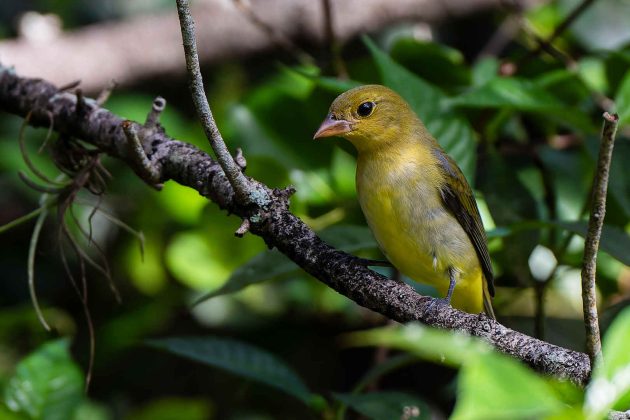
Some background on this day/reasons why I decided to make the 100 species target during the October Big Day and not the one in May. For one, the weather, while the temperatures were still in the 80s as the day progressed, was less intense than earlier in the year. This also helped with the humidity, and the number of biting insects had decreased drastically in the last few weeks (one of the sites I visited was mosquito hell just a month ago). The second, and main reason, is the bird variety, the Miami Area and main entrance to the Everglades National Park are in the eastern side of the state, this region is a lot more active in fall as the millions of songbirds are following the peninsula down before going over the Caribbean or the Florida Keys to the Neotropics through the Atlantic Flyway, while in spring, they tend to stick to the Gulf Coast and the Mississippi Flyway. Combine this with the resident species of the park and the various exotic species that were introduced to Miami, and I had a good chance of achieving my goal.
Brown-headed Nuthatch
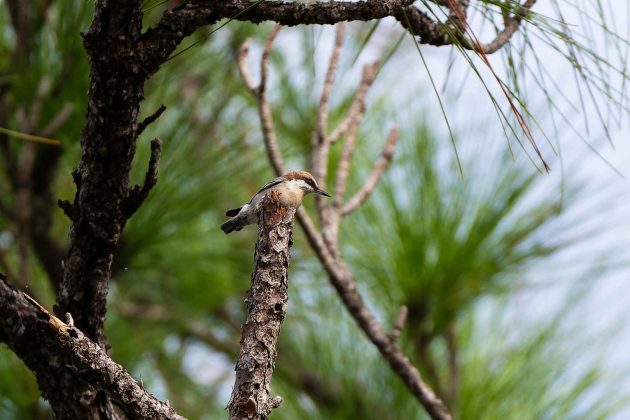
The day started with a slow owling session around 5 AM through the Research Road in the Everglades National Park and the grassland outside of the park, normally this area can add every possible owl species within Florida, including Barred, Eastern Screech and Short-eared, but the only bird that called today was Great Horned Owl, a great way to start, but it meant that if they were calling, no other owl would be so bold to come out…
Eventually, dawn broke in the Southern Glades Trail. After meeting my friend who planned to join me for the rest of the day, we began to notice species like Northern House Wren and Gray Catbird announcing their recent arrival to the area, and resident species that would not be seen later in the day, like Black-crowned Night-Heron and Sandhill (Florida) Crane flying between roost and foraging sites. The highlights, however, came over the fields as a “Gray Ghost” Northern Harrier was seen foraging alongside an American Barn Owl, and the overhead ‘pink’ calls of Bobolink were swiftly drowned out by the contact calls of dozens of Common Yellowthroat and Palm (Western) Warblers in the bushes behind me. The second stop had me in the well-known “Lucky Hammock” where the grasses surrounding the namesake hammock (tree island) gave way for species that I wouldn’t see elsewhere, like Common Ground Dove, Painted Bunting, and Blue Grosbeak. By the time I left this stop, it was 8 AM, and it was finally time to enter the park properly with over 30 species checked, not a bad start.
Black-throated Blue Warbler
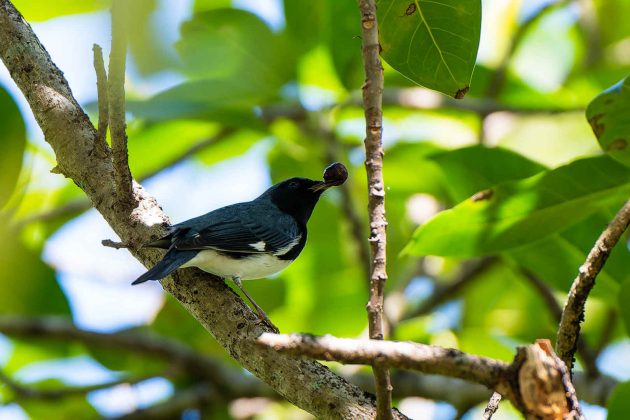
Once inside the park, the species variety changed with the changes of the water levels, various species of wading birds were swiftly added to the list, like Little Blue, Tricolored, and Great Blue Heron, while in the dry spots, the spring-yearning call of an Eastern Meadowlark and a hunting Loggerhead Shrike were a welcome addition. The highlight of this drive, however, was encountering a flock of nearly 20 White-crowned Pigeons, a species that within the US is only found here and throughout the Florida Keys. Most of the birds in the flock looked to be juveniles, which was great news for the future prospects of this species within the park.
A short walk through the park’s Gumbo Limbo Trail helped us find out last Mimidae as a pair of Brown Thrasher were seen foraging, while deeper in, the variety of warblers was seen with species like Ovenbird, Northern Waterthrush, American Redstart, and Black-throated Blue Warbler being readily seen. Our second walk had us walking through the pine rocklands of Long Pine Key, where we finished our woodpecker sweep with Downy (Eastern), Pileated, and Red-bellied Woodpecker were joined by a Northern (Yellow-shafted) Flicker. The real reason to explore these pinelands, however, came a bit later as a family group of Eastern (White-eyed) Towhee was calling in the understory alongside Carolina Wren, while in the treetops, a mixed flock revealed Pine Warbler and a trio of Brown-headed Nuthatch, one of the reintroduction success stories within the park. By this point, we were past 9:30, and the species count was reaching 50, great progress, but we were checking off many of the widespread species. This meant a stop at Mahogany Hammock was our last hope in finding an owl for the trip, as Barred Owls are known from this locale. Unfortunately, this was not meant to be, and outside of finding a few widespread warbler species like Northern Parula, Prairie, and Black-and-white Warbler, we didn’t find anything exclusive to this stop.
Eastern Towhee
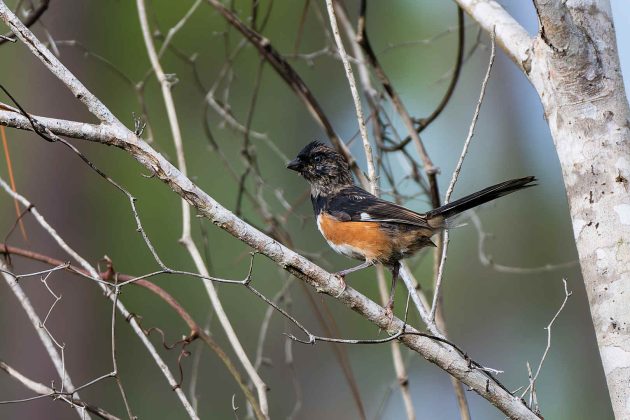
The final stop inside the park was the Flamingo area amphitheater and campground, where a receding king tide made sure the sandbar remained hidden, but thankfully, a good variety of Laridae were seen in a mixed flock that included up to 80 Black Skimmer, Laughing, and Lesser Black-backed Gull, Caspian, and Royal Tern. The shorebird variety was decent as well, with (Western) Willet, Black-bellied Plover, and Least Sandpiper making up the larger numbers, but Greater and Lesser Yellowlegs, Short-billed Dowitcher, Red Knot, and Stilt Sandpiper were noted among them. This stop also helped us complete the wading bird roster as a Roseate Spoonbill flew over us, a juvenile Yellow-crowned Night Heron was hunting for crabs in the mangroves, and an active Reddish Egret was towering over the shorebirds. By this point, the temperatures were rising, which helped us boost the raptor variety, with both Black and Turkey Vulture making the bulk, but Osprey, American Kestrel, both the local and wintering subspecies of Red-shouldered Hawk, and a trio of Bald Eagles being seen in quick succession. By the time we left the park, we were close to 90 species for the day, so we were confident that the 100 species goal was set. The question was, how much higher can it go?
Reddish Egret
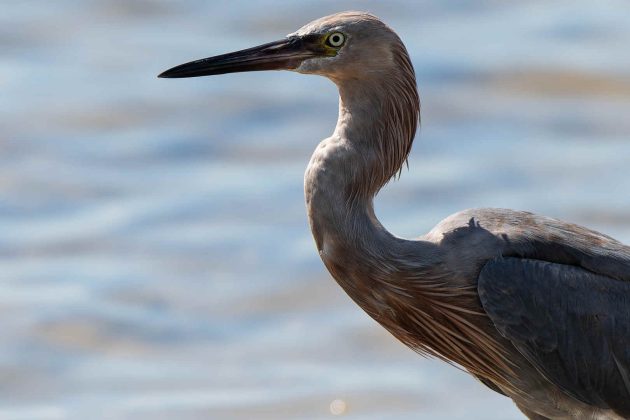
A caffeine break through a Starbucks drive-through was all the sustenance I received today, but even these traffic stops until reaching the next proper park helped with the total, as many widespread urban species like Cooper’s Hawk, Gray Kingbird, Fish Crow, and Common Myna were seen, along with a surprise Pied-billed Grebe in a pond next to the highway. By 2 PM, we finally reached our first urban destination and this helped boost our songbird numbers as we encountered 11 warbler species with Cape May, Worm-eating and Yellow-throated Warbler being standouts, this was also the only site where we encountered fruit-eating species like Yellow-throated and White-eyed Vireo, Baltimore Oriole, Summer and Scarlet Tanager, and looking up to the clouds helped us find our only Peregrine Falcon of the day and a mixed swallow flock included some late Purple Martin and Barn (American) Swallow, among dozens of Tree Swallow and a surprise Chimney Swift.
Black Skimmer
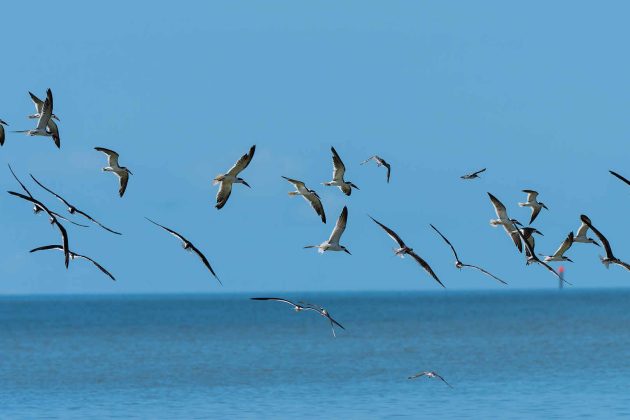
Our final set of stops had us in the neighborhoods of South Miami, where (countable) exotic species were added left and right. Indian Peafowl, Yellow-chevroned Parakeet, and Blue-and-yellow Macaw were seen in the first stop, alongside Ruby-throated Hummingbird and Chestnut-sided Warbler. The next stop had us driving slowly through a neighborhood until we heard the signal calls of a Red-whiskered Bulbul, but in the search, we were able to add Egyptian Goose and a large flock of Red-masked Parakeet to the list. Our final scheduled stop was in an apartment complex, where dozens of Mitered Parakeets have taken residence, and as we made our way back to my friend’s car, a surprise pair of Limpkin by a canal helped us reach species number 120 by 5 PM!
At this point, the caffeine was leaving our bodies, so we called it a day here, but in hindsight, with a bit more planning, we probably could have reached 130 species for the day, we missed some easy exotics and raptor species, and I’m sure a stop at Miami Beach would help us add some coastal species not possible within the Everglades like Magnificent Frigatebird or Sanderling. Either way, it was an amazing day and one that proved how birdy and diverse even a place like South Florida can be with a bit of local knowledge and the right conditions.
Cover photo: Ovenbird


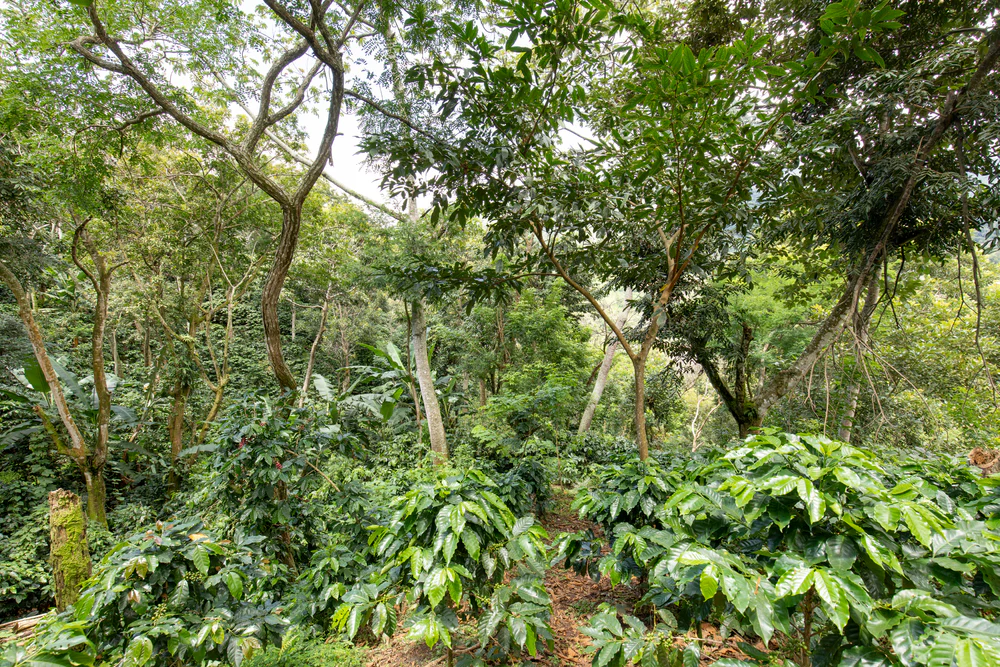

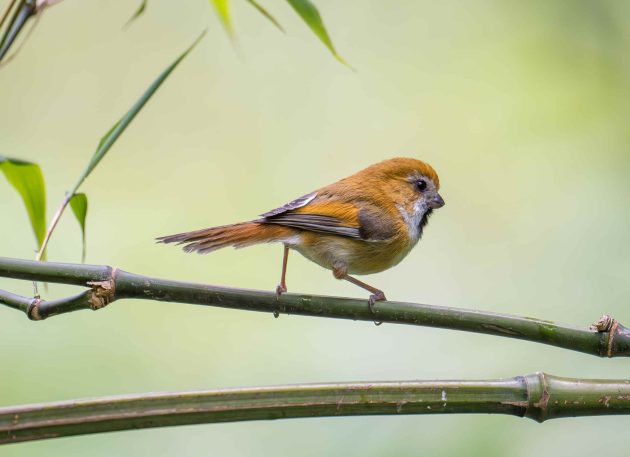


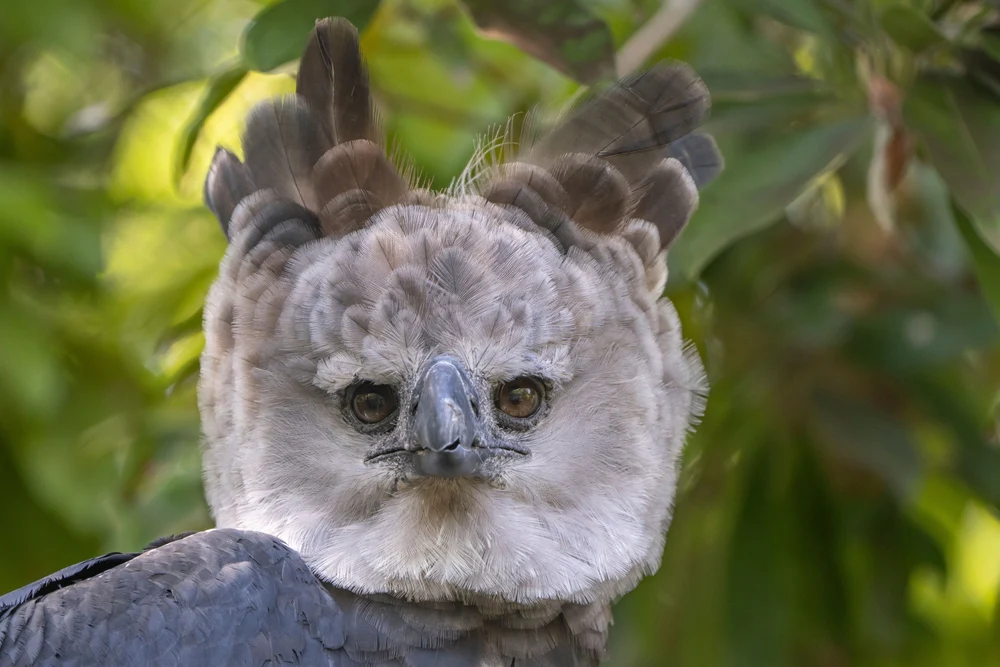















 English (US) ·
English (US) ·  French (CA) ·
French (CA) ·